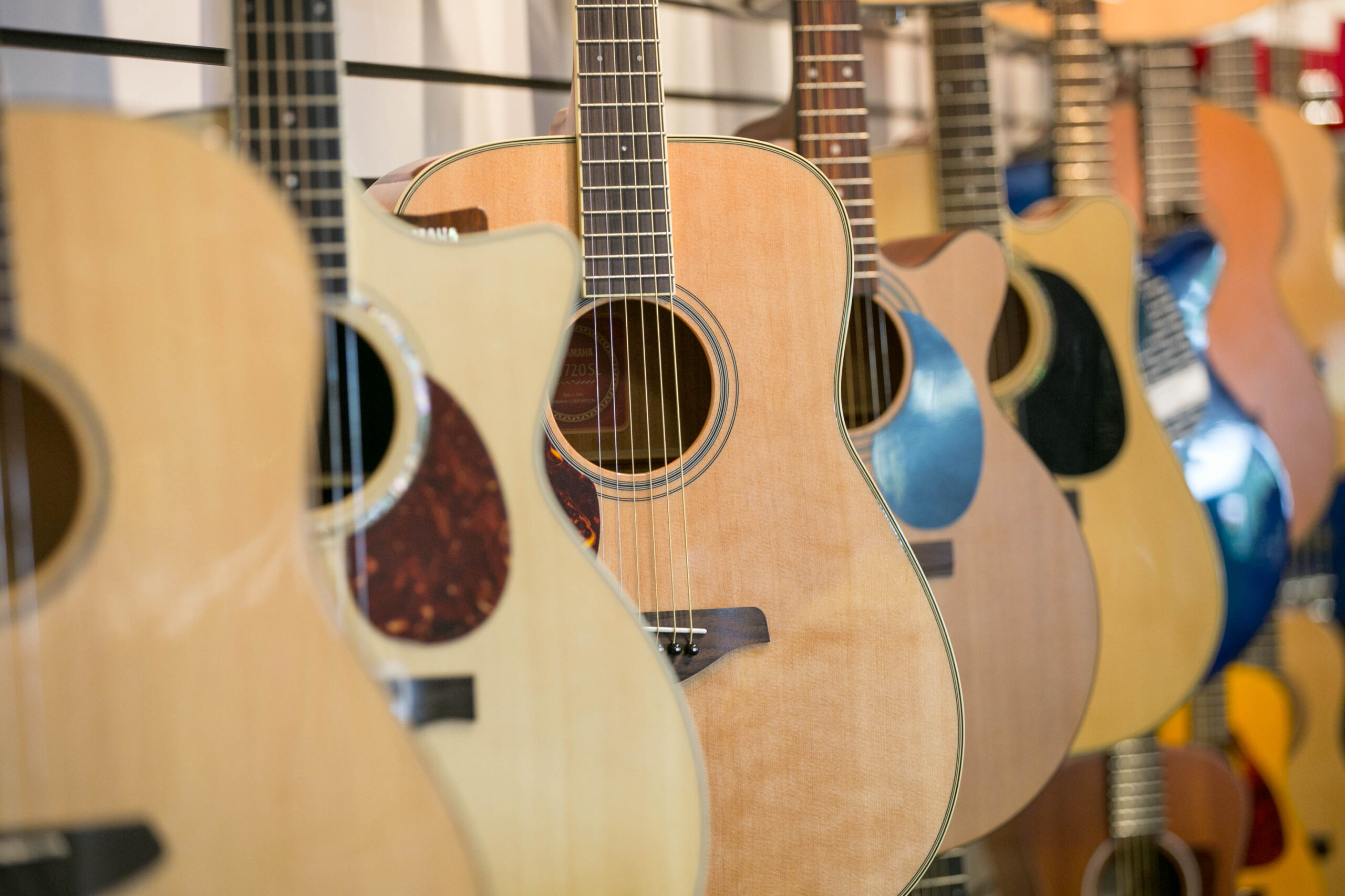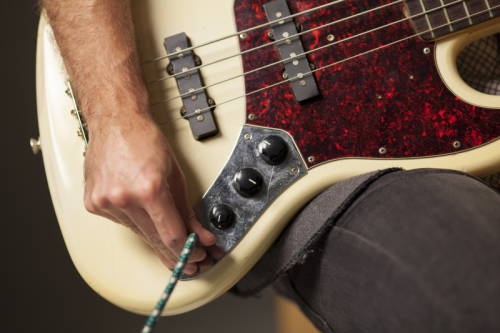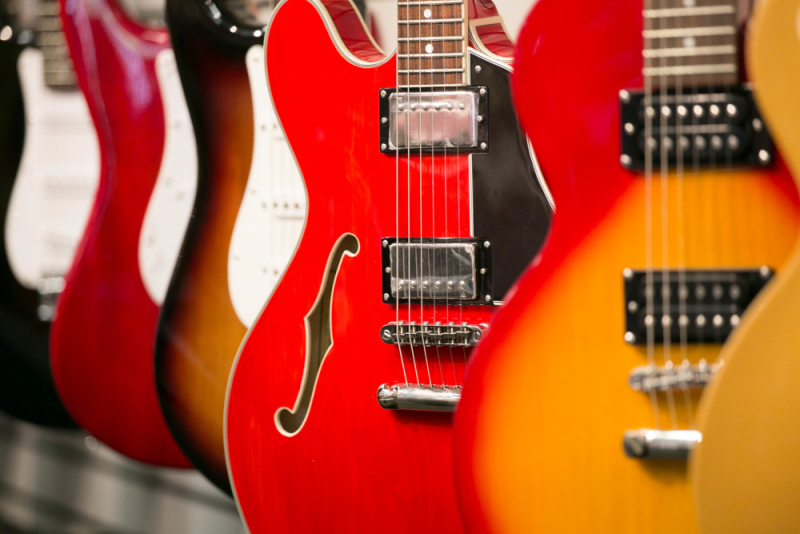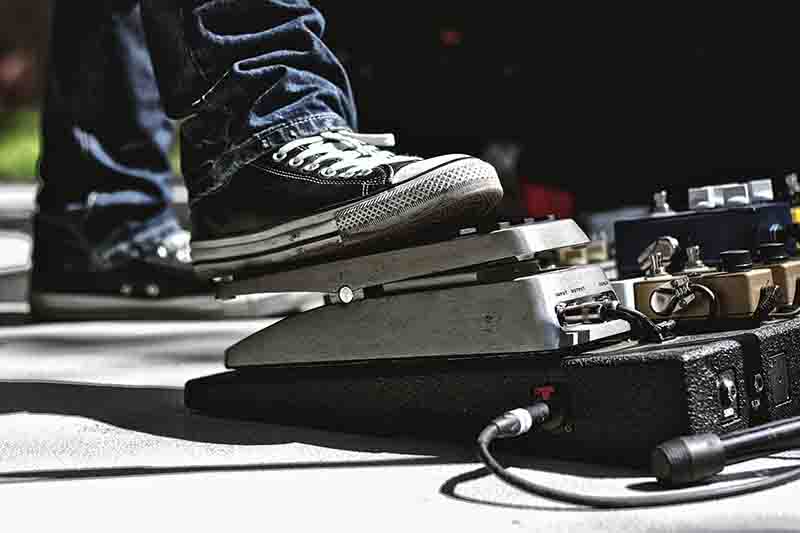April 09, 2015
How to Read a Guitar Chord Chart


So, have you made the most excellent choice to learn the guitar? Or do you already ‘strum’ the guitar for fun but want to learn more? Now is the time for you to learn how to read guitar chord charts.
But what is a guitar chord chart? It can also be known as a guitar chord diagram and is a visual representation of a guitar chord. This is what guitar chord charts typically look like:
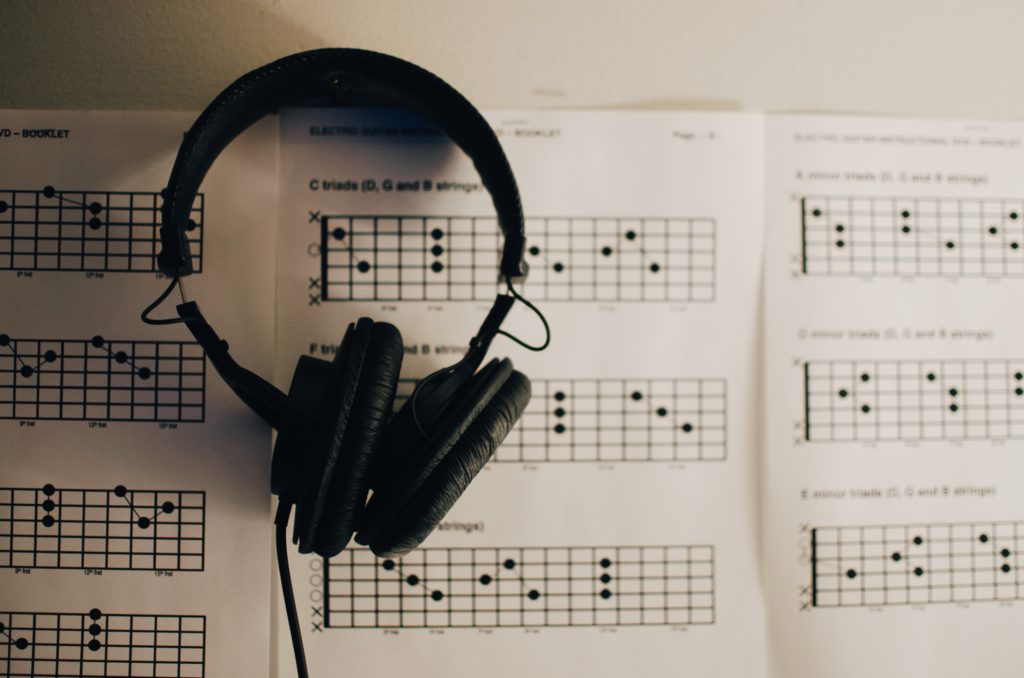

Guitar chord charts are easy for you to read once you have learned the meaning of all the lines, numbers and circles.
The string closest to the floor as you hold the guitar (right-handed) is the thinnest string. This is known as the first string. The thin strings make a high sound. The string at the top as you hold the guitar is the thickest string and this is the sixth string. The thicker strings make a lower sound.
Reading a Guitar Chord Chart
So, as we now know, guitarists use chord diagrams to show you where to put your fingers for each chord. But, how do we read a guitar chord chart?


To represent the guitar fretboard, the diagram shows a grid of six vertical and five horizontal lines. However, it is not always easy to connect this basic layout of the image above to the actual guitar. To help you with this, you can hold your guitar in front of you so that the strings are facing you and the headstock or peghead (the ‘head’ of the guitar) is pointing up. Then the diagram of the guitar chord chart will represent the same view of your guitar, with strings running vertically and frets horizontally.
Which Way Up?
Generally, in songbooks, the guitar chord charts are ‘drawn’ vertically rather than horizontally. However, it is always a good idea to learn to read and interpret both vertical and horizontal grids.
Right or Left Handed?
Although us left-handed musicians think we are the most important musicians, unfortunately, most guitar chord charts are usually written for right-handed guitarists. This can provide a challenge if you are a left-handed player. However, you can flip the chart around in your head or re-draw it this way. Alternatively, you can download most left-handed guitar chord charts online.
Chords and Chord Names
We have talked a lot about guitar chords, but what exactly is a chord? A chord is the simultaneous sounding of three or more notes. Two notes played together are called an interval, but it takes at least three notes played together to become a chord.
One of the very first things you can learn on the guitar is how to play simple chords. Even knowing just a few chords will take you a long way in the world of guitar playing. When reading a guitar chord chart, the letter at the top of the chart is the name of that chord.
Horizontal Lines
The horizontal lines on a guitar fingering chart are representing the frets. The top line is generally in bold or marked by a double line, indicating the guitar’s nut, where the fretboard ends. This can be a white, sometimes cream-colored or black strip at the top of the fretboard on the guitar that elevates the strings over the fretboard. Sometimes the fret numbers are noted to the left of the sixth string.
Vertical Lines
The vertical lines that run down the diagram on the guitar chord chart represent the six strings on the guitar.
The line on the far left of the diagram is the thickest string (6th string) and is called the low E string. This is followed by the A, D, G, B and high E string reading left to right on the diagram. Sometimes the string names are noted at the bottom of the guitar chord chart.
Black Dots
What do the black dots mean? The black dots on the chord diagram represent the notes that make up the chord. They tell you which frets and strings to place your fingers on. Sometimes there are numbers inside the dots to indicate which fingers to use on each of the frets. They match the four fingers of your fretting hand. Your index finger is number 1, your middle finger is 2, your ring finger is 3 and your little finger is 4. However, the guitar chord chart doesn’t always tell you which fingers you have to use, but most of the time it’s obvious which finger goes where.
X’s and O’s
You will sometimes notice an ‘X’ symbol at the top of the chord diagram above the ‘bolded’ nut line. This means you don’t play that string. An ‘O’ in the same location on the diagram means to play the string open, i.e. do not fret the note, simply play the string as it is.
Chart with Bar Chords
Guitar bar chords (or barre chords), play an important part in guitar playing. They are called bar chords because you hold down multiple strings at one fret, at the same time, using only your index finger.
A guitar chord chart notes a bar chord with a curved or solid line which runs through a fret from the first note to the last note of the chord. It can also be noted instead by a series of dots in the same fret that all have the same number.
So, now you know how to read a guitar chord chart, you are ready to start playing some actual music!
Shop for easy to learn, beginners guitar chord charts and music at Music and Arts, the unofficial home of music education. We can help you find anything you could possibly need, from plectrums to guitars. Find your local store today!




